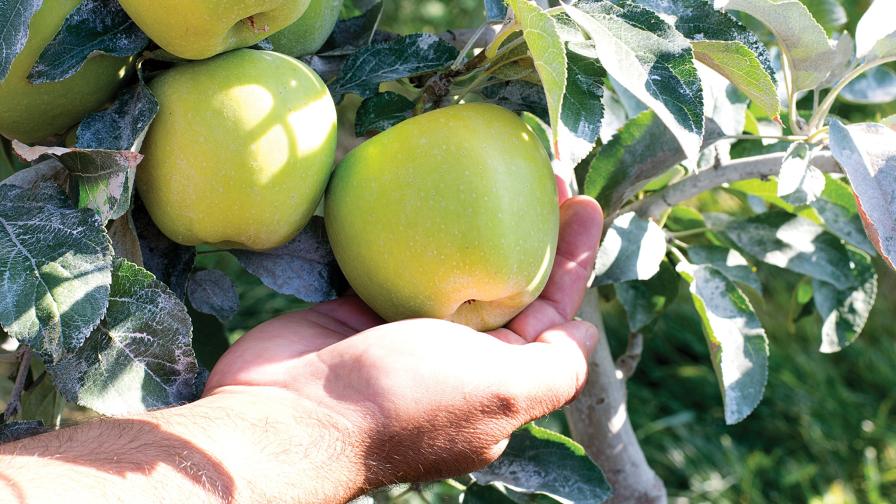It’s Time To Stand Up For Your Future [Opinion]

Christina Herrick
Growing up in a small town, I became very active in 4-H. I learned so much from Ohio State Extension, it’s hard to imagine I’d even be writing this without their influence.
I’m sure all of you feel the same way. Extension research and scouting reports are instrumental in doing what you’re doing.
Gone, though, are the days when Cooperative Extension programs had deep pockets to fund agents, research projects, and staff research stations. Money is tight everywhere, and with states looking to consolidate spending, Extension programs are often on the cutting block.
But there may be a bright spot to the bleak future of Extension funding — you.
Take tree fruit growers in Michigan, for example. The Extension program there had experienced a 10-year decline in research funding. But after seeing the endowments developed to support Extension in Washington and California, Michigan growers came together to stabilize their future. Michigan Tree Fruit Commission (MTFC) was established through a state-legislated 232 program.
“The needs were piling up and they were just limping along with their budgets,” says Allyn Anthony, executive secretary of the Michigan State Horticultural Society. The society shares duties with Michigan Apple Committee, Michigan Cherry Committee and Michigan Agricultural Cooperative Marketing Association apple division, jointly fulfilling the position of executive director of the MTFC. This saves the expense of hiring multiple directors.
They’ve collected an assessment for the 2014 crop year, and funded $674,000. The budget for 2015 is $1,122,000 which includes a $500,000 grant from the Michigan Legislature 2016 budget.
That’s right, growers are fronting big bucks for their collective future. This isn’t to be taken lightly; this is a move to help upcoming generations of tree fruit growers.
“We can invest in infrastructure,” Anthony says. “We can buy trees. We can help purchase equipment, pay for innovative plantings and fund positions. We’re partially funding an Extension position in West Central Michigan which has been vacant for four years.”
A big success for the research commission was the creation of an apple maturity lab on “The Ridge” in West Michigan, where most of the state’s tree fruit is grown. To get the facility up and running with a state-of-the-art device to read apples’ internal conditions, the Michigan Tree Fruit Commission funded $50,000, Michigan Apple Committee funded $15,000 and the Michigan Horticulture Society donated $20,000 of the $85,000 needed.
Prior to the lab’s creation, all samples had to be shipped to Michigan State University’s campus, which would take days before Extension could get a result and then relay their findings to growers.
This year Amy Irish-Brown, MSU tree fruit Extension educator, has been sending fruit maturity updates throughout the growing season, which is particularly important on finicky cultivars such as Honeycrisp.
The research program is looking to get an isolated plum block planted and study varieties, as well as fund more tree fruit research positions in the future.
Anthony is proud of the gumption Michigan growers took in investing in their future.
“They’re paying a second tax on themselves that will be invested in the future of our industry,” Anthony said.
It’s said sometimes the best defense is a good offense, and it’s time for growers in other states to take note.










